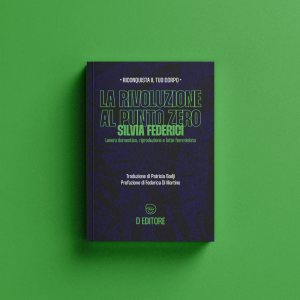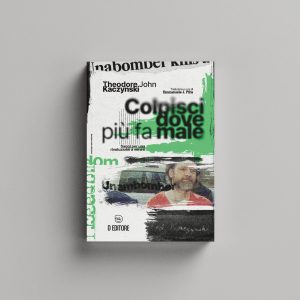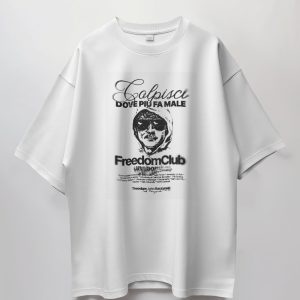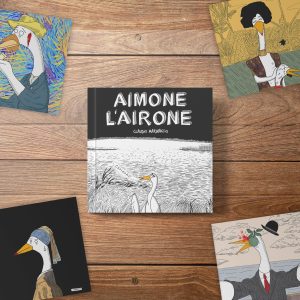Abitare Circolare Circular Living is a wide-ranging project promoted by the ass. Esperimenti Architettonici which has the aim of activating a discussion on the subject of discards and waste in relation to the conditions of living in the 21st century, with a focus on the territory of the Puglia Region. The project that is part of #InAgenda, a program that includes a series of events through which the association intends to focus attention on some of the most urgent issues on the urban agenda of the cities and to solicit attention, in particular of professionals and policy makers. This book contains the traces of a journey started in 2021 which saw the organization of four activities: a conference, a webinar, a workshop and an Open Call.
The conference was hosted as part of the program of events of the Italian Pavilion “Resilient Communities” at the 17.th International Architecture Biennale in Venice. The webinar, the workshop -– held in Monopoli (BA) -– and the Open Call were promoted on the occasion of the 13th European Week for Waste Reduction (EWWR) dedicated to the theme “Circular Communities”.
Through the Open Call it was intended to further expand the scope of the project and the heterogeneity of points of view, by collecting and selecting projects/processes/practices to be included in the publication.
Abitare Circolare collects contributions and reflections from international experts from various disciplinary areas to activate a discussion on the subject of waste and waste in relation to the conditions of contemporary living. The international and multidisciplinary discussion constitutes an important moment of in-depth analysis to be framed in the development agendas of policies, from the Next Generation EU to the Green Deal up to the 17 Sustainable Development Goals of the United Nations (Agenda2030) and of the New European Bauhaus (NEB).
In an increasingly urbanized world, projections state that in 2050 there will be about 10 billion inhabitants, of which 80% will live in cities, the space assumed by waste is no longer an invisible and obscured presence, but rather a reality that is increasingly evident and impactful.
The prospects of urbanization, the dynamics of capitalist consumerism and the difficulties in managing waste effectively and safely put the relationship between urban aggregations and environmental ecosystems in crisis. How can project disciplines offer multiscalar responses? What are the strategies and worthy models currently in place?
In today’s important time for strategizing, it is fundamentally important to consolidate models of the regenerative circular economy, and this volume intends to define an innovative framework, both conceptual and operational, which proposes a perspective on waste based on a relational approach and on commons model. The book expresses an awareness of waste as part of cultural and natural heritage and therefore of a complex system useful for promoting sustainable development of cities and territories; this system needs, today more than ever, to be studied and faced in an integrated, multidisciplinary and systematic way.
The publication aims to highlight the key role of waste in city-making practices for the 21st century and build a debate on the waste crisis and living in the contemporary city. The reflections proposed here cross various scales and intersect different disciplines such as ecology, architecture, urbanism, archeology and civic practices.
Thanks to the selected contributions and case studies, the volume explores and discusses various spatial conditions with a trans-scalar logic, including waste landscapes ranging from landfills, temporary settlements, peripheral urban areas to the neighborhoods of urban centers. In some cases, these spatial conditions are linked to innovative management models, resilience and circularity strategies and community involvement processes.
The volume is organized in five sections. The first four present the writings of pairs of authors who offer perspectives on the themes of the volume from different angles. It is about distance comparisons.
The last section opens a multi-vocal debate, made up of reflections and projects that offer some possible answers some of the possible answers to such complex problems.
Inhabiting the wasteocene landscapes
It has a theoretical connotation and aims to investigate the waste crisis as an unresolved issue of environmental justice in an economy that aspires to unlimited growth and, at the same time, as a factor that drastically impacted the quality of life in cities over the course of the 20th century.
This part sees Alessandro Melis and Marco Armiero confront each other, concentrating on the relationship that designers and, more generally, society has today with waste.
Melis develops a reflection that links architecture to evolutionary biology in order to unhinge a deterministic approach to the project; on the other hand, in an interview with Armiero, as an environmental historian, he proposes an alternative narrative to the Anthropocene through the neologism Wasteocene (era of waste) with which he tries to shift the discourse from waste-as-object to discard understood as a set of socio-ecological relationships that produce waste human and non-human communities (wasting relationships) to which new practices of commoning can be countered as an antidote.
Circularity and resilience in temporary settlements
It opens a focus on the spatial conditions of temporary settlements and refugee camps, both created in extreme environmental conditions in different geographical areas. This allows to deepen common aspects deriving from recent research projects, which present interesting peculiar aspects, such as archaeological methods, ethnographic approaches, a holistic approach to planning in temporary situations.
A comparison is proposed between the case of the Black Rock City, the temporary city that is built and dismantled in the Nevada desert to host the well-known festival Burning Man (USA), which Carolyn White presents the story and explains the role that waste plays for the community, and on the other hand Dana Hamdan presents the case of the Al Wehdat refugee camp (Amman) which she considers the indicators and opportunities that bring it closer to the model of a circular settlement.
Waste as commons: strategies for resilient communities
The comparison between Saverio Massaro and Curt Gambetta highlights a series of useful elements to outline possible strategies for establishing new links between society and waste, and at the same time present insights into some aspects that are useful for contemporary designers.
The first contribution develops from three fundamental assumptions for this volume: waste is information; managing waste not as resources but as commons; the need for a new pact between waste and cities. The second contribution focuses on the architecture of waste management facilities, proposing a critical point of view and a series of open questions.
The inverted pyramid: towards a new pact between waste and the city
It presents two different and complementary strategic approaches through two field experiences: on the one hand the Madrid-based architect Israel Alba, who has been involved for years in the process of transforming the former Valdemingomez landfill in Madrid into a new metropolitan public park, and on the other hand the experience of Atelier d’Architecture Autogeree with the implementation of the R-Urban strategy in the suburbs of Paris characterized by a strong activist and political component.
Circular communities: insights, experiments and case studies
It collects further reflections with a greater degree of technical depth and closes the book with a series of case studies through illustrative tabs, selected through the Open Call promoted by the ass. Esperimenti Architettonici.






